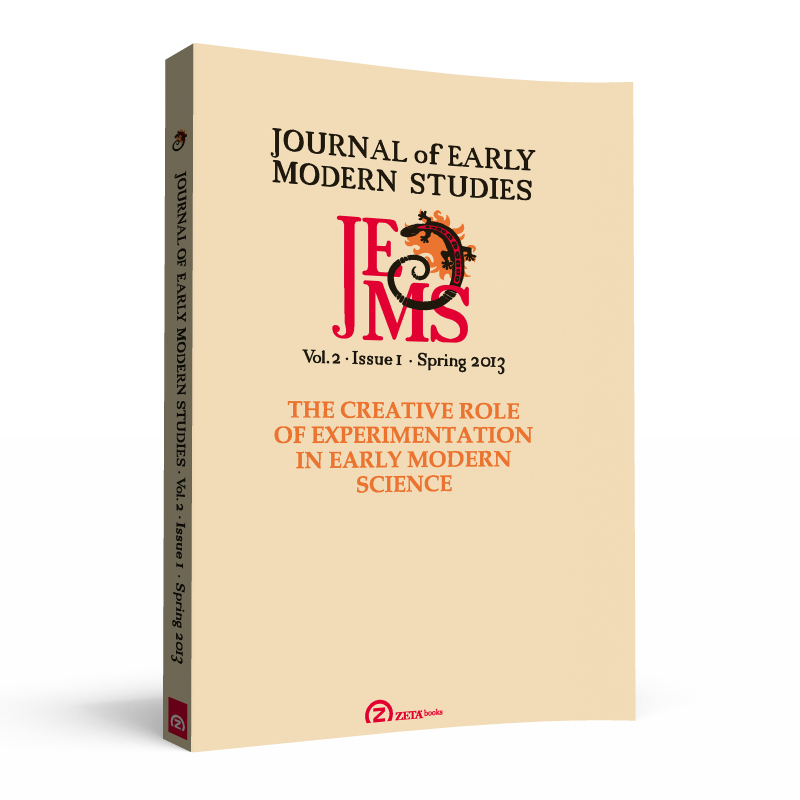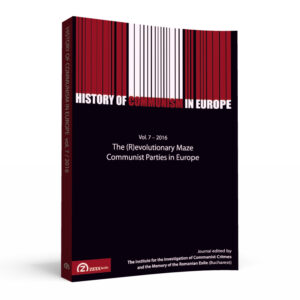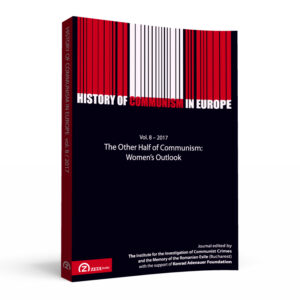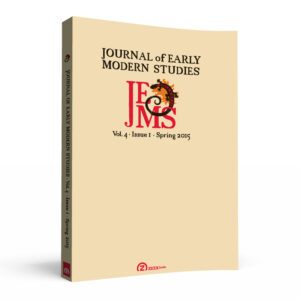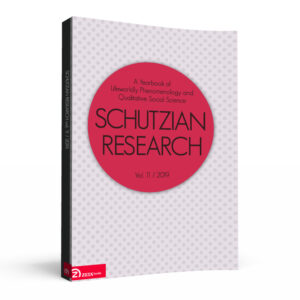ARTICLES
Cesare Pastorino, Francis Bacon and the Institutions for the Promotion of Knowledge and Innovation
- Abstract: This paper analyzes Francis Bacon’s observations on institutions for the advancement of knowledge and technical innovation. Early references to establishments for the promotion of knowledge can be found initial in Bacon’s early works, in the 1590s. Bacon’s journey to France in the second half of the 1570s played a role in shaping these early conceptions. In particular, Bacon was likely acquainted with Jaques Gohory’s Lycium philosophal and Nicholas Houel’s Maison de Charité Chrétienne. In the period following the composition of The Advancement of Learning (1605), Francis Bacon focused his attention on the foundation of a college for inventors. Practical plans for the establishment of a college were discussed in the Commentarius solutus (1608). Bacon’s proposals addressed his general concerns for the production of technological innovation in Stuart society; both the college of the Commentarius and the imaginary institution of Salomon’s House in the New Atlantis (1626) can be seen as inventor’s utopias, where innovators are freed from the pressures of the world of crafts. Analogous continental project likely inspired such institutions. Again, the case of France may be relevant; around the time of Bacon’s proposals for his college, Henri IV was actively fostering collaboration among skilled inventors under royal patronage, and outside the strict control of the guild system.
Claudio Buccolini, Mersenne translator of Bacon?
- Abstract: Several scholars, such as Corneliis de Waard (1933) and Frances Amalia Yates (1947), have suggested that Marin Mersenne may have translate d some parts (or even the whole) of Francis Bacon’s Sylva Sylvarum. Th is supposed translation, into Latin, according to De Waard, or into French, according to Yates, has not yet come to light. Th is paper presents the identification of a partial French translation of Century II of the Sylva Sylvarum in a manuscript by Mersenne, written between 1626 and 1629. Th is partial translation was probably realized by Marin Mersenne himself, for his own use. It consists of a part of Sylva Sylvarum concerning sounds, the subject Mersenne was working on in that period.
Benedino Gemelli, Isaac Beeckman as a reader of Francis Bacon’s Sylva Sylvarum
- Abstract: The Journal of the Dutch natural philosopher and scientist Isaac Beeckman (1588-1637) is an important document of the new science; it gives us important insights into corpuscularian physics, mechanical philosophy, and the physico-mathematical project. It is also valuable for documenting Beeckman’s sustained interest in ancient and contemporary authors and his strategies as a reader. Th is paper discusses Beeckman’s reading of Francis Bacon’s Sylva Sylvarum (1626), an important source for Beeckman’s science of nature. I do not propose here a thorough reading of Beeckman’s annotations to Sylva but I mainly concentrate on a number of yet unexplored fragments of Beeckman’s journal. I discuss these fragments in the wider context of Beeckman’s reading of Sylva, but I also assess their value as elements in a larger natural philosophical debate over the nature of light and sounds taking place in the mid-seventeenth century
Laura Georgescu, One experiment, Different Uses: Floating Magnetic Bodies in Peregrinus, Norman and Gilbert
- Abstract: This paper argues that local epistemic aims shape and transform the function played by an experiment. It shows that different uses of the same experimental context change the status of the experiment in the larger knowledge scheme. I deal with this problem in the context of early modern science, where experiments were often transferred from one domain of knowledge or from one problem to another. Th us, I assess how the technique of freely floating magnetic bodies was used experimentally in the following treatises: Peter Peregrinus’ Epistola de magnete, Robert Norman’s The Newe Attractive and William Gilbert’s De magnete. If the thesis is correct, then context-sensitive analyses of the transfer of experiments across domains (or problems) are necessary in order to understand both the function of the experiment in each knowledge context and what legitimizes the transfer.
Mihnea Dobre, On glass-drops: a case study of the interplay between experimentation and explanation in seventeenth-century natural philosophy
- Abstract: The glass drop is a tear-shaped object with many curious properties. Although having a fragile tail, its main body is hard to break. On the other hand, breaking such a drop produces a loud noise and many very small particles of glass. In the seventeenth century, these objects became the focus of both experimental and natural philosophical investigation. In this article, I examine the ways in which various natural philosophers have dealt with glass-drops. This is neither a complete enumeration of the countless attempts to explain the object and its associated phenomena, nor a search for its origins. Rather, this study offers a glimpse into what was at stake in the inclusion of the glass drop—a new scientific object—into natural philosophy. I shall argue that a full description of the drop and of its properties required both experiment and speculation.
Delphine Kolesnik-Antoine, Le rôle des expériences dans la physiologie d’Henricus Regius : les «pierres lydiennes» du cartésianisme
- Abstract: The historiography of Cartesianism often opposes Regius, a dissident empiricist medical doctor who denied the capacity of natural reason to demonstrate the immateriality and the immortality of the soul, to Descartes, a metaphysician who on the contrary grounded his philosophy in the real distinction between thinking and corporeal substance. In this contribution, I show how our understanding of this relation is modified when approaching the relation between the two men taking departure in the question of physiological experiments. Going back to some foundational texts, namely the disputations on physiology defended at the University of Utrecht from around 1640, I follow the evolution in how they dealt with three essential questions: the beating of the heart, digestion, and muscular movement, all the way until the last edition of the Philosophia naturalis in 1661. I reconstruct the prolonged dialogue between Regius and Descartes on these questions in order to show that the recourse to physiological experimentation in Regius’s work does not serve to question Descartes’s philosophy. Quite to the contrary, Regius wishes to consolidate this philosophy and purge it of its slag by responding to accusations of abstraction and dogmatism directed against a Cartesian metaphysics and physics that remove both venture to speak of the invisible. By following the aftermath of Regius’s innovations in the texts by Clerselier and De la Forge that accompany the posthumous edition of L’Homme in 1664, this contribution proposes, in short, to reconsider an interpretation of Cartesianism that is too “dualist,” by taking into account what a more empiricist reading can contribute to it.
Jonathan Regier, Method and the a priori in Keplerian metaphysics
- Abstract: I will analyze how a natural philosopher, according to Johannes Kepler (1571-1630), can move from phenomena to knowledge of a priori causes, those causes included in the divine “idea” of the world. By doing so, I hope to enlarge upon recent studies that discuss the influence of regressus-style logic on Kepler’s natural philosophy. The first part of this article will focus on Kepler’s influences at Tübingen and on the preface to the first edition of the Mysterium Cosmographicum (1596). Th e preface is an important document. In it, Kepler presents his own narrative of discovery. In the second half of the article, I will jump to his last a priori works, those published around 1620. I will argue that these add a level of detail and precision to the a priori method first presented in the Mysterium. I will end by considering the 1621 edition of the Mysterium, showing how Kepler strongly clarifies the limits of geometry in his natural philosophy.
Book Reviews
- Lorraine Daston and Elizabeth Lunbeck (eds), Histories of Scientific Observation, Chicago and London: University of Chicago Press, 2011 (Sebastian Mateiescu)
- Robert Goulding, Defending Hypatia: Ramus, Savile, and the Renaissance Rediscovery of Mathematical History, Dordrecht, Heidelberg, London and New York: Springer, 2010 (Iovan Drehe)
- Tudor Dinu, Dimitrie Cantemir şi Nicolae Mavrocordat. Rivalităţi politice şi literare la începutul secolului XVIII, [Démétrius Cantemir et Nicolas Mavrocordatos. Rivalités politiques et littéraires au début du XVIIIe siècle] București, Humanitas, 2011 (Ovidiu Olar)
ISSN: 2285-6382 (paperback)
ISSN: 2286-0290 (electronic)
ISBN: 978-973-1997-19-3 (paperback)
ISBN: 978-606-8266-11-4 (ebook)

